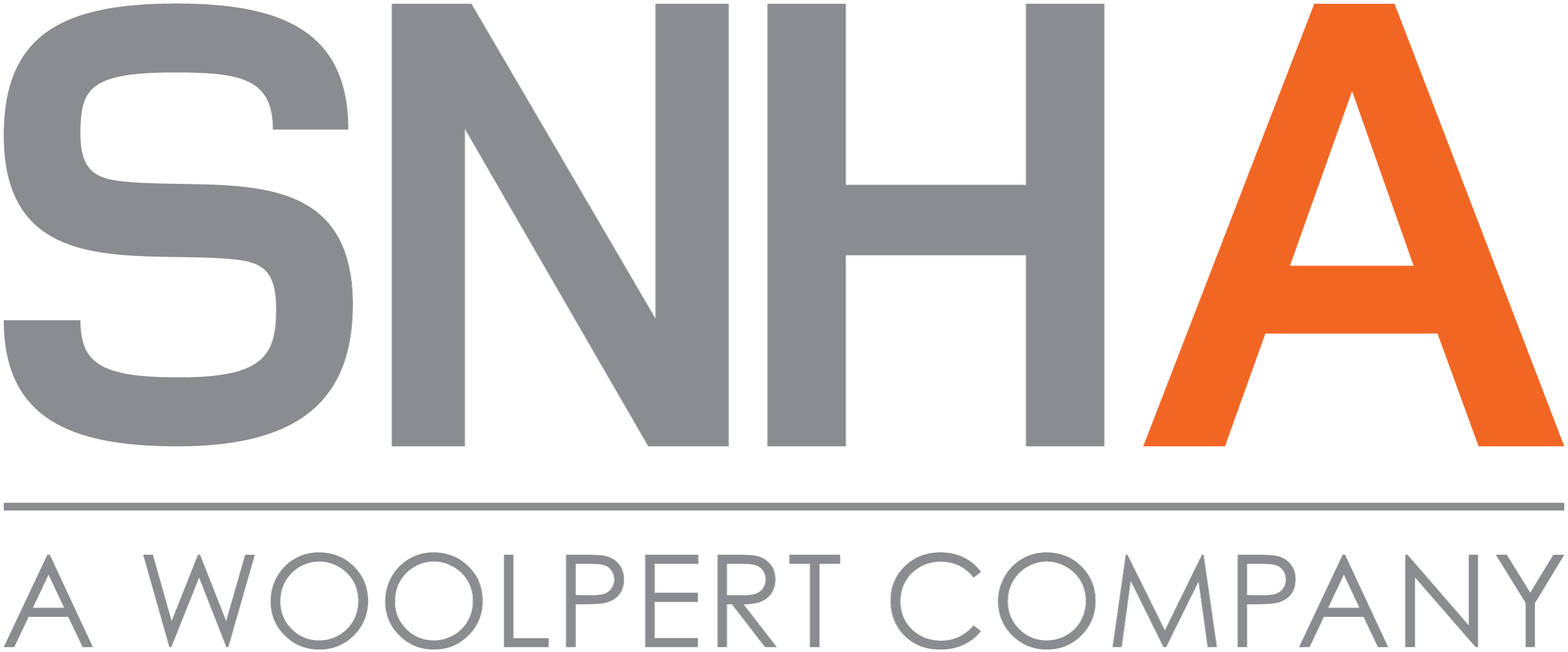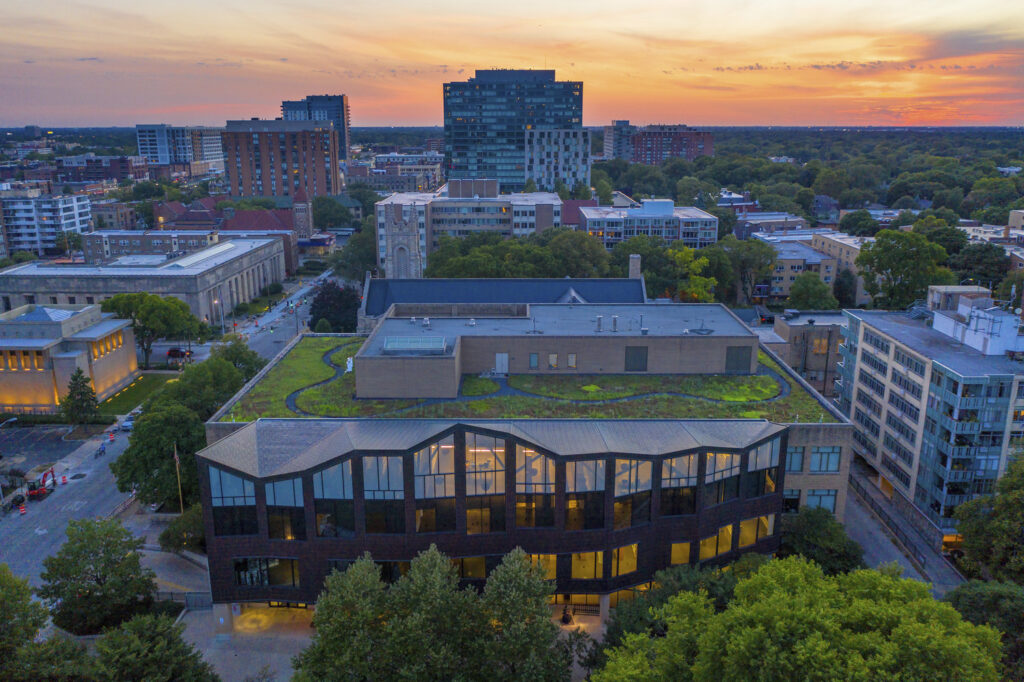
5 Things Architecture School Didn’t Teach You About Sustainability
On-the-job experience is still key to understanding sustainable practices — but a few well-placed hints can point the way to the knowledge you need.
We have a tremendous amount of hope for the future at SNHA: we are committed to behavioral changes to help alleviate pressure on the environment, and many of our clients are building in climate-positive practices at every level to reach ambitious sustainability goals. And, while on-the-job experience is still key to understanding sustainable practices, here’s what architecture school didn’t teach you.
The study of ecology feeds sustainable practice.
Toni Anderson of Sacred Keepers Sustainability Lab posed the question recently during a Chicago Conservation Corps training: “Do all living things have equity?”
That question took me back to a field trip at a nature center during elementary school. Part of the day’s assignment was to document what was happening along the water’s edge: it was bursting with life. That childhood observation connects to the discussion of space equity and a key example of the interconnected nature of our world. For instance, when we discuss hydropower as a green alternative to fossil fuels, we often miss the plight of river mussels, a vital link in aquatic ecosystems which have experienced devastating impacts as a result of damming to capture hydroelectric power.
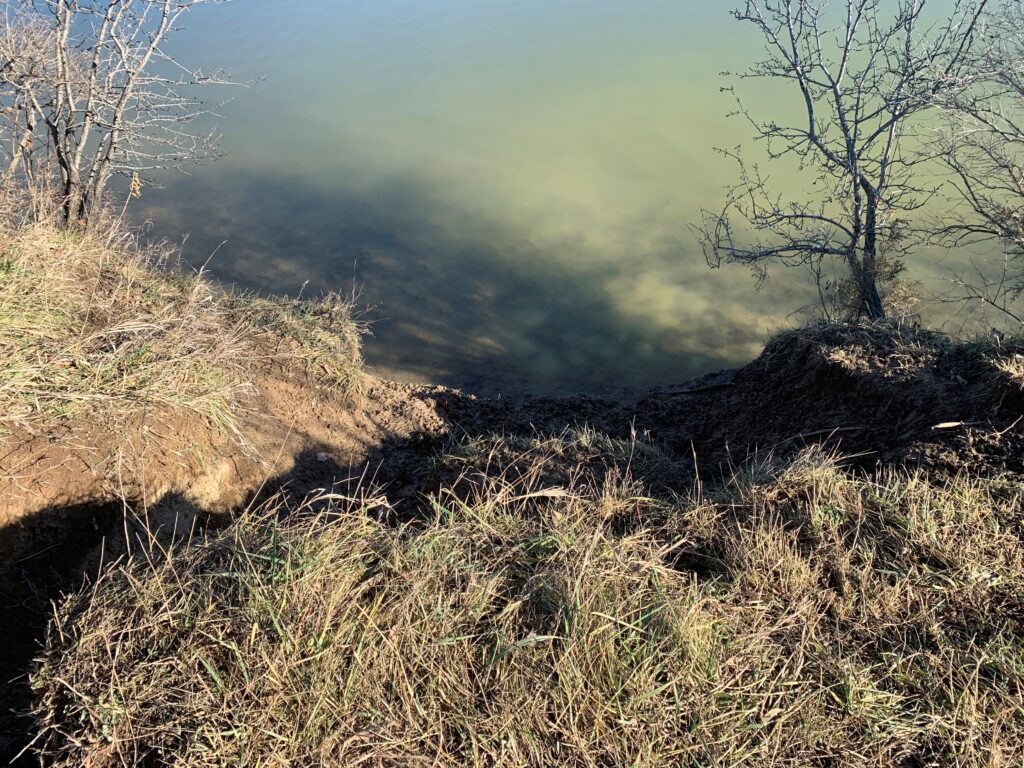
In Half Earth: Our Planet’s Fight for Life, Edward O. Wilson explains the loss of nineteen river mussel species due to the impoundment of rivers in the Mobile River Basin. Wilson points out that, while we may focus on a single species threatened with extinction, our lens misses entire ecosystems which are under threat.
As architects, our understanding of sustainability needs to include a nuanced grasp of the ecosystems which our projects will inhabit, and those which they will indirectly impact. Only in taking that broader view can we bring greater sustainability to the built environment.
Diverse voices are needed to inform sustainability.
An examination of the interconnected nature of our world is the foundation of sustainability efforts — and that includes seeking information and input from a wider range of sources. Reduced air travel has been noted as a benefit to global collaboration efforts, but what effect does a highly virtual workplace and world have on the inclusion of diverse voices? How can we foster a process that succeeds at bringing diverse voices into discussions of our work and sustainability?
Hannah Arendt’s metaphor of a table makes me think about how that very “table” can both divide and connect. In our world, what divisions are created by excluding diverse voices from charrettes and studio reviews? For example, within the United States, someone with scarce or undrinkable water supply could have a seat at the table. The more we work to include a wider array of voices and stakeholders, the better we can understand the true impact of our designs and the ways in which we can create more responsive, more comprehensive sustainable practices.
Opportunities to deepen knowledge in sustainability are everywhere.
Primary goals of the 2030 Commitment, such as lowering building energy consumption and improving the sustainability of buildings are shared by many of our clients at SNHA; some with the means to pursue formal certification, such as LEED. These dynamic relationships push our firm to integrate innovation and make it the normal way we work.
Duane Hill, an architect at SNHA, points out that “if LEED has done anything, it has ingrained in me that even when a project isn’t going for LEED certification, I’m always mindful of the toxicity of products we might use on a project, the importance of daylight for the occupants in a space, the performance of insulation, and the efficiency of the equipment that serves a building.”
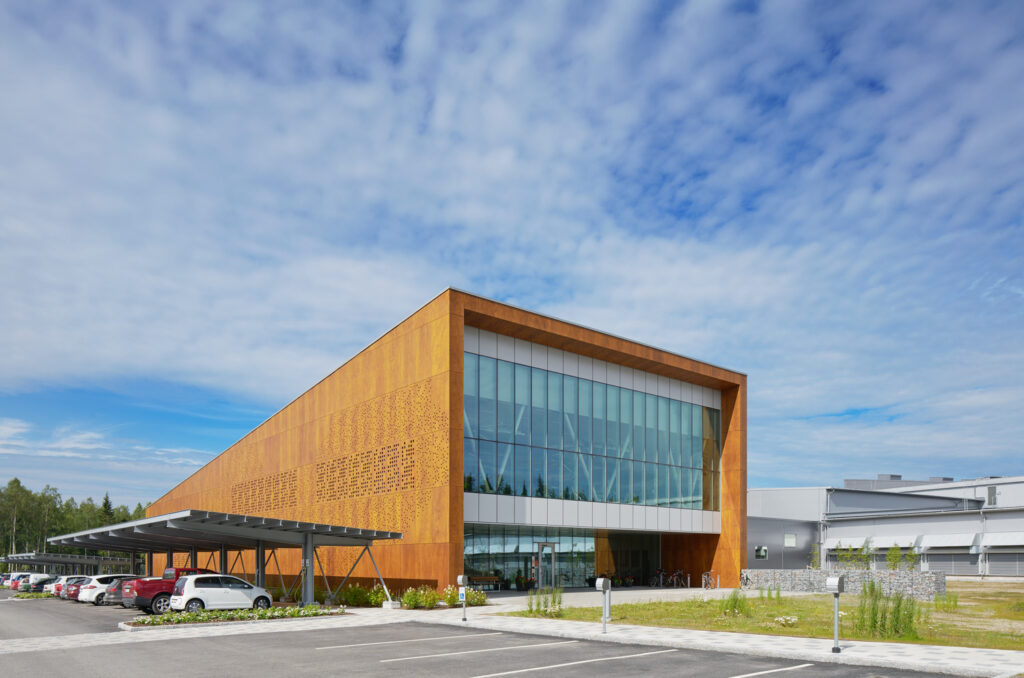
Work with project partners also deepened the knowledge of SNHA architect Mark Cunningham, who says he draws inspiration from nature, where any creation should be built to last as the essence of sustainability. Early on in Mark’s career, he “worked on a passive solar housing development prototype and learned a lot about how some very basic considerations can make a big difference in a building’s performance: surface orientation, mass walls, façade (transparent versus opaque), built up area, reducing building footprint, and integrations between building and landscape.” Paying attention to these kinds of opportunities to further your sustainability practice is key — today, these are things Mark thinks about early on in the design process and throughout the development of projects.
Studying building rating systems can enhance your ability to assess sustainability.
Jenna Staff, an architect at SNHA, explains that although her “entire adult life has been concurrent with LEED and the sustainable movement…there should be course offerings on building rating systems such as LEED or the Living Building Challenge or PHIUS or WELL. Knowing these systems and why they exist as well as how to implement them and what strategies to use and when, would make for a better knowledge base when starting out in our industry.” Jenna also notes that course offerings should include building and energy codes.
A study of rating systems helps students to ask, first, whose wellbeing are we considering in site and building material selection? What is the cradle-to-cradle life cycle of products intended for use in a project? What are the effects of intended projects and products in the communities and environments where they’re harvested and manufactured? What are the implications downstream from those communities?
Software training institutes embodied carbon calculations and LCA into early design studies and in deliverables throughout the design process. Šarūnas Nekrošius at SNHA has observed that sustainability has “…definitely evolved from conceptual meaning to a more standardized, measurable parameter in the design process” — learning and comparing those standards offers a new perspective on sustainable designs.
The next step? Moving forward to regeneration.
Duane Hill comments that “With LEED, sustainability became a checklist and I do think it was effective but I think we have an opportunity now to be creative and move beyond the checklist and get back to our inherent passive architecture.”
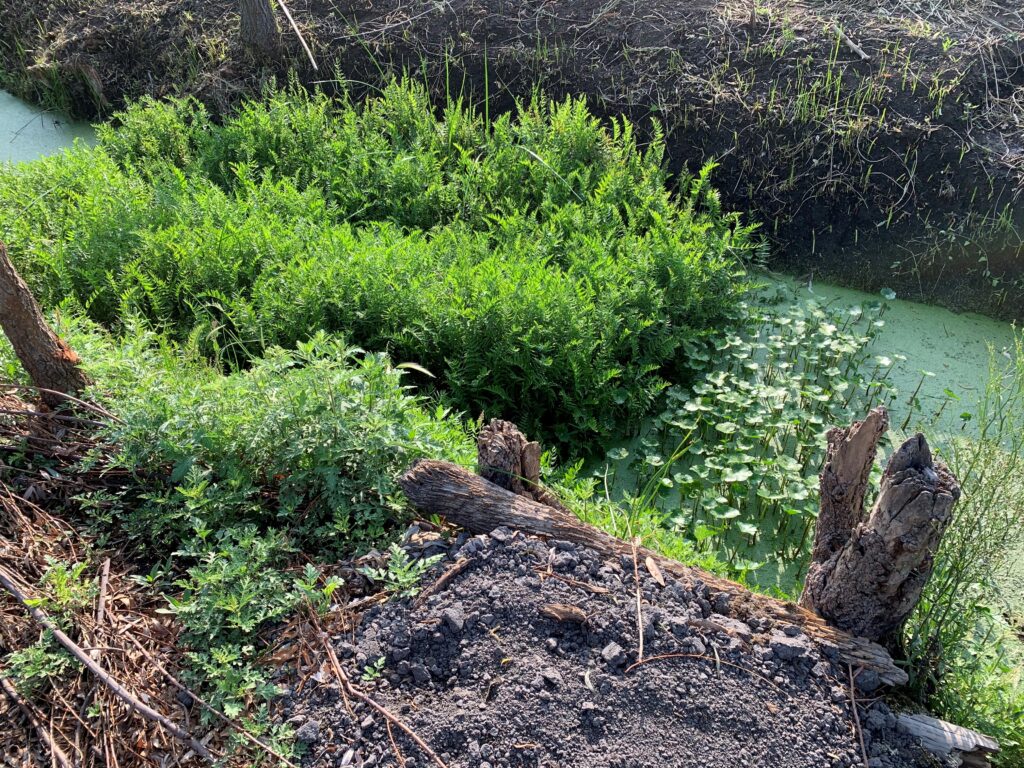
Mike Veltman at SNHA thinks “buildings will need to begin to produce their own energy.” Duane adds “as a data center designer, I’m excited about capturing the waste heat to serve other uses such as heating other buildings”.
In a studio charrette, are we asking ourselves how a building can function as an organism within an ecosystem – contributing to that ecosystem, not taking away?
As we look to enhance our sustainable practices, challenging ourselves as designers with these questions and others is an important driver of our next insights and the next wave of sustainability. After all, as Jenna Staff points out, “[i]f we continue to strive for better, we will inevitably get closer to it.”
